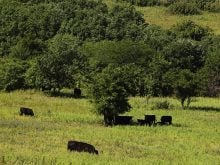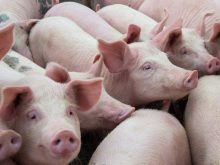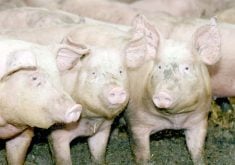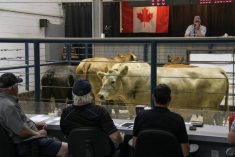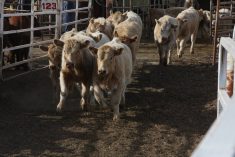The expected opening of the U.S. border to Canadian cattle Nov. 19 is breeding optimism among purebred cattle producers.
As he gave a show calf a buzz cut at last week’s Livestock Expo in Brandon, Chad Levesque of Chopper K Red Angus in Carnduff, Sask., said American customers bought 10 percent of his farm’s bulls, semen and embryos before BSE was discovered in Canada in 2003.
Recently he received a call from a potential buyer in Minnesota who was looking for a bull.
The soaring Canadian dollar probably won’t affect demand for premium breeding stock as much as for butcher cattle, Levesque said.
Read Also
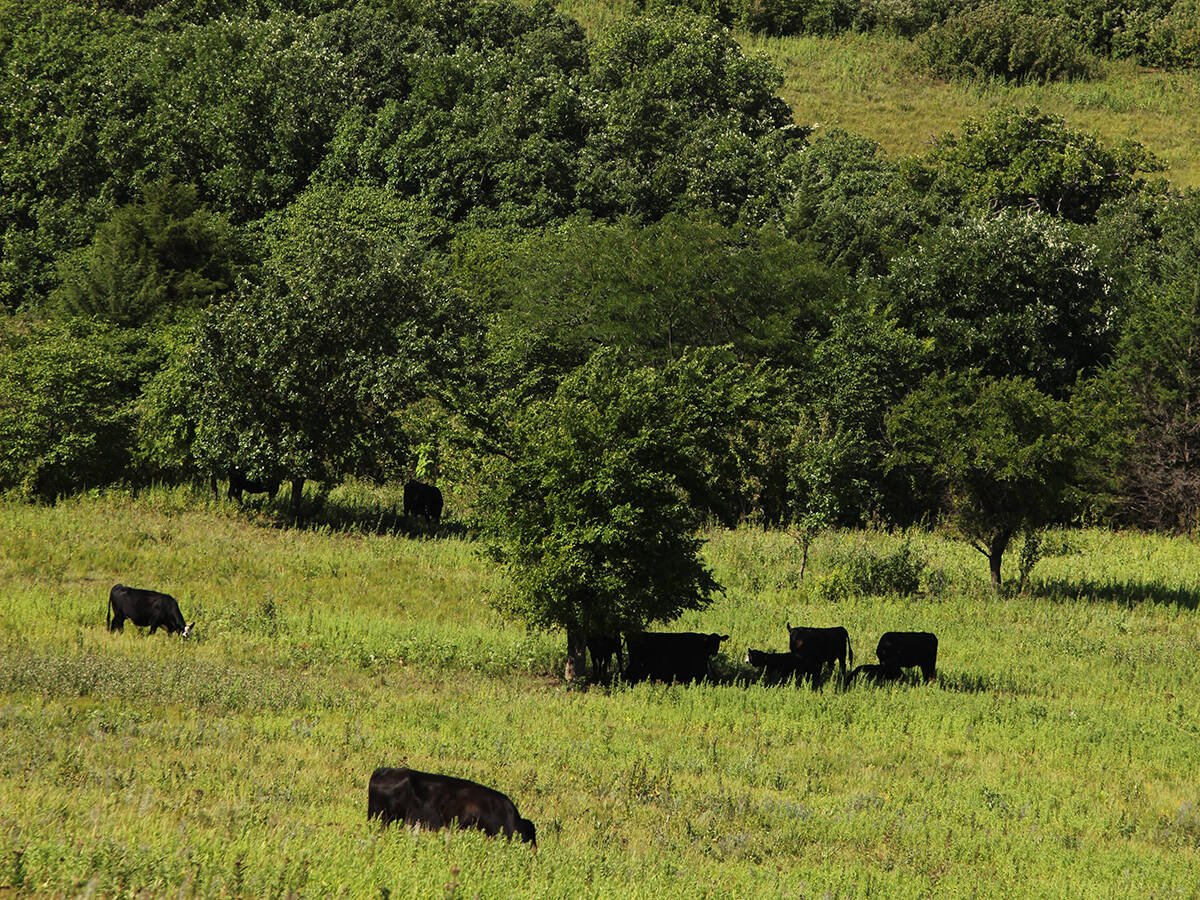
Beef cattle more prone to trace mineral deficiencies
The trace mineral status of our cows and calves is a significant challenge for western Canadian producers and veterinarians.
“It’s going to affect how much bang they get for their buck,” he said. “But I honestly think that they need our genetics. The good cattle are still going to sell.”
Dean McLaren of Bar M Stock Farms in Roland, Man., is also looking forward to seeing U.S. buyers return to the market, which before 2003 accounted for 15 percent of his sales and a good portion of his high-end business. Despite the higher Canadian dollar, the U.S. cattle industry in general is strong, he said.
Although many U.S. cattle producers, especially those from the western grasslands, prefer hardier, smaller framed cattle, McLaren expected that many will be willing to pay extra despite the exchange rate.
“There’s a certain faction in the states that appreciates Canadian genetics,” he added. “We’re all human and want the best that we can get for the best dollar. But at times you have to bear down and get what you need.”


